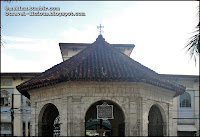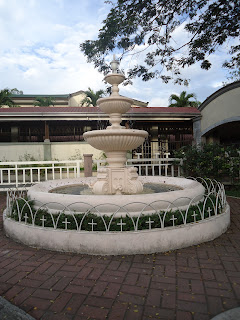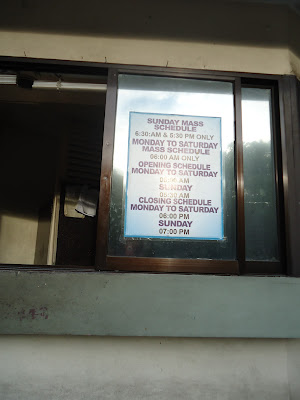Because of the arrival of Miguel Lopez de Legaspi (a Spanish conquistador) bringing the image of Santo Niño, this place has been one of the historical spots in Cebu which houses the miraculous unscathed image.
During Sinulog, a festival in honor of Santo Niño held in Cebu on the 3rd Sunday of January, this place is jam-packed with people, locals and tourists alike. Every year, one can witness the value for Christianity and the strength of faith of the Filipinos.
I often visited this place when I was still living in Cebu. But unfortunately, I failed to realize I was not able to capture "more" memories here. So for the meantime (while I'm still planning on my next trip to Cebu), scan on these pics for a clearer idea of the place. =D
For more information about this cathedral, visit their official website.
=========================================
MAGELLAN'S CROSS
=========================
This Christian Cross, housed inside a small chapel beside the Basilica Minore del Santo Niño , is a historical mark of Christianity of the Filipinos. Upon arriving in Cebu Island in April 21, 1521, Ferdinand Magellan (the first Spanish conquistador who named the Philippines) instructed his army to plant the cross on the exact same spot as now.
I can’t find what happened to this cross all through the years. All I know is that at the foot of this cross, is a plaque/tablet stating that the original cross is encased in this wooden cross we see.
Today, the locals and even tourists, visit this chapel, offering prayers with their colored candles. At the site, you can also find uniformed women (usually wearing the maroon and gold colors of the Santo Nino) who sell some candles and offer some psalms, singing prayers for you when you buy from them. Be sure to give them the names of people and the prayer intentions before you let them sing. :)
_________________________________
_____________________________
A travel that satisfies the heart
and fills the brain with cherished memories.
This is TRAVEL-licious.

















































